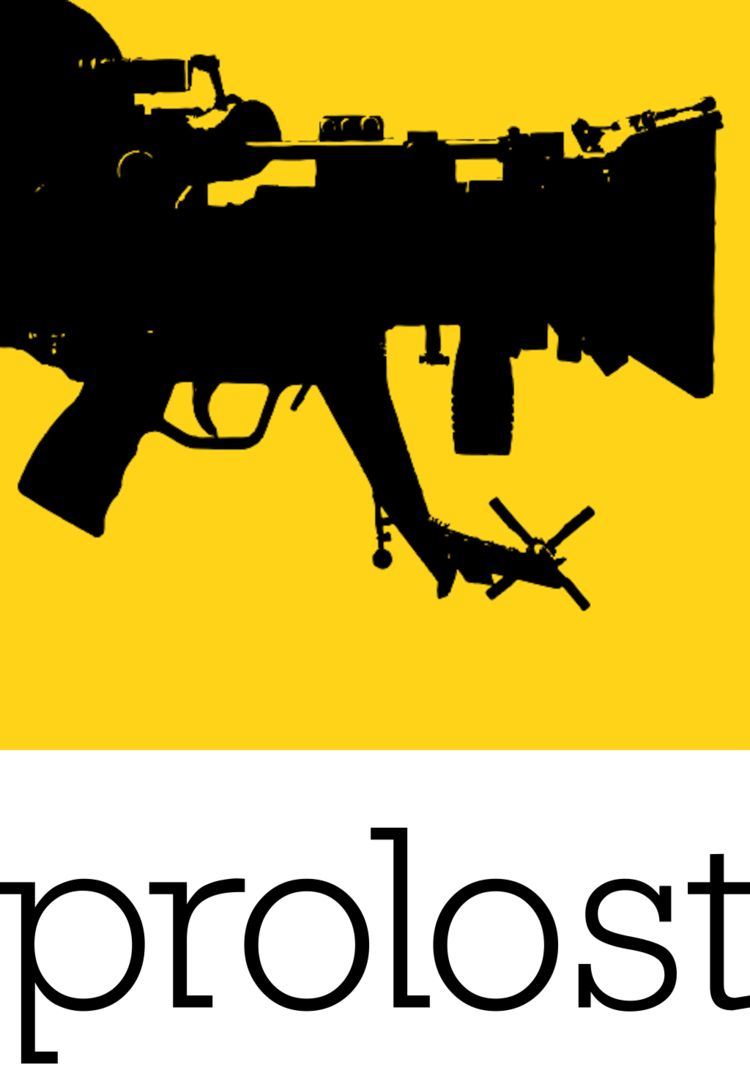As the author of The DV Rebel's Guide: An All-Digital Approach to Making Killer Action Movies on the Cheap, I can say with some authority that a book should be easier to read than its title. Although by Mark Christiansen's Adobe After Effects CS4 Visual Effects and Compositing Studio Techniques has a longer name than its predecessor, it's for a darn good reason—the addition of the words visual effects and compositing.
Mark's Studio Techniques books have always been unique among After Effects books in their focus on visual effects compositing for film and television.
I had the honor of writing the foreword for AAECS4VFX&CST, wherein I ask and answer the question of why one might want to do such a crazy thing as composite visual effects shots in After Effects CS4:
You’re holding a book on visual effects compositing in Adobe After Effects. There are those who question the validity of such a thing. Some perpetuate a stigma that After Effects is for low-end TV work and graphics only. To do “real” effects work, you should use a program such as Nuke or Shake. Those techy, powerful applications are good for getting shots to look technically correct, But they do not do much to help you sex them up.
Sex them up? Indeed. The central premise of the foreword is that Hollywood is not about reality, it's about glorious unreality—and while there are applications and books that focus on helping you achieve realism, the ambitious effects artist is much better off learning to make things gloriously, cinematically unreal. Sexy even.
“Make it look real.” That would seem to be the mandate of the visual effects artist. Spielberg called and he wants the world to believe, if only for 90 minutes, that dinosaurs are alive and breathing on an island off the coast of South America. Your job: make them look real. Right?
Wrong.
I am about to tell you, the visual effects artist, the most important thing you’ll ever learn in this business: Making those Velociraptors (or vampires or alien robots or bursting dams) “look real” is absolutely not what you should be concerned with when creating a visual effects shot.
Movies are not reality. The reason we love them is that they present us with a heightened, idealized version of reality. Familiar ideas—say, a couple having an argument—but turned up to eleven: The argument takes place on the observation deck of the Empire State building, both he and she are perfectly backlit by the sun (even though they’re facing each other), which is at the exact same just-about-to-set golden-hour position for the entire ten-minute conversation. The couple are really, really charming and impossibly good-looking—in fact, one of them is Meg Ryan. Before the surgery. Oh, and music is playing.
What’s real about that? Nothing at all—and we love it.
You'll have to get the book to read the rest, except that I'll give away the ending:
After Effects may not be on par with Nuke and Shake in the tech department, but it beats them handily in providing a creative environment to experiment, create, and reinvent a shot. In that way it’s much more akin to the highly-respected Autodesk Flame and Inferno systems—it gives you a broad set of tools to design a shot, and has enough horsepower for you to finish it too. It’s the best tool to master if you want to focus on the creative aspects of visual effects compositing. That’s why this book is unique. Mark’s given you the good stuff here, both the nitty-gritty details as well as the aerial view of extracting professional results from an application that’s as maligned as it is loved. No other book combines real production experience with a deep understanding of the fundamentals, aimed at the most popular compositing package on the planet.
Preorder AAECS4VFX&CST now from Amazon.


